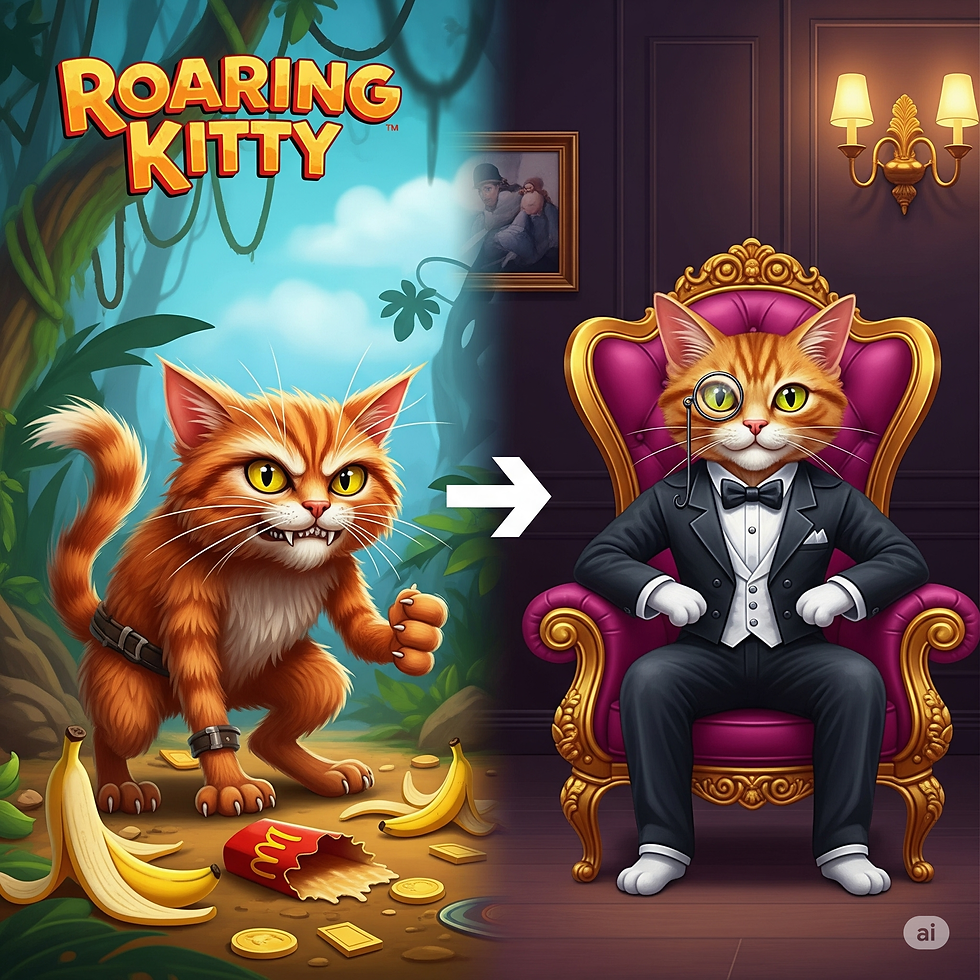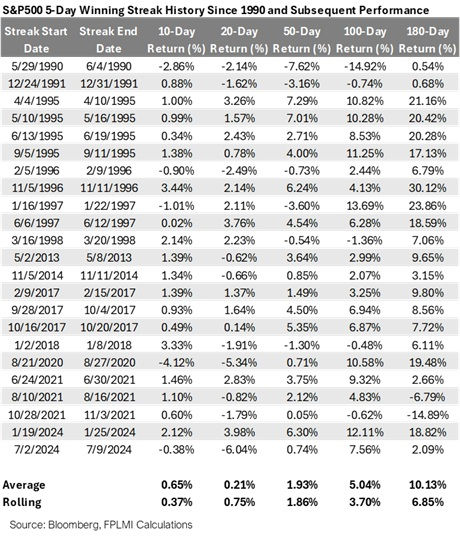The Evolution of Meme Stocks: From Cultural Frenzy to Tactical Trade
- Caleb S
- Jul 27
- 2 min read

In early 2021, meme stocks became the defining symbol of a retail trading revolution. GameStop, AMC, and a handful of other heavily shorted names exploded in price as retail investors banded together on Reddit, fueled by stimulus checks, zero-commission trading, and pandemic boredom. But four years later, the landscape has changed.
Today, meme stocks are still around—but their role in the market has evolved from a cultural movement to a series of short-lived, speculative trades. Here’s a look at how the meme stock phenomenon has transformed—and what that says about today’s market environment.
Then vs. Now: Key Differences in Meme Stock Behavior
Category | 2020–2021 Boom | 2024–2025 Landscape |
Catalyst | Lockdowns, stimulus, short squeezes | CEO changes, nostalgia, hype events |
Investor Base | Mass retail participation | Smaller, more tactical crowd |
Duration of Moves | Multi-day to multi-week rallies | Hours to a few days |
Short Interest | Extremely elevated | Moderated or already priced in |
Fundamentals | Ignored | More scrutiny on dilution, debt |
Platform of Influence | Reddit, Robinhood | X (Twitter), YouTube, Discord |
Market Environment | Zero rates, loose liquidity | Higher rates, tighter conditions |
From Movement to Moment: The Fading Power of the Crowd
In 2021, meme stock rallies felt like market rebellions. Platforms like Reddit's r/WallStreetBets amplified trades into nationwide events. Short interest became a target, and financial jargon like "gamma squeeze" entered the mainstream.
But today, those crowds are smaller and more fragmented. The return of figures like Roaring Kitty can still spark excitement, but the follow-through is often shallow. With fewer retail dollars sloshing around and institutions more alert to meme dynamics, the rallies are more fleeting and less explosive.
Why the Shift? Key Macro Drivers Behind the Evolution
Interest Rates Have Risen Sharply
Zero interest rates made speculation cheap and T-bills unattractive. Today, with Treasury yields over 5%, risk-free returns have siphoned demand away from speculative corners.
Liquidity Conditions Are Tighter
Between the Fed’s balance sheet runoff and the end of stimulus checks, there’s less "free money" to pour into YOLO trades.
Retail Sentiment Has Normalized
The wild optimism of 2021 has been replaced by a more skeptical tone. Many retail traders have either left the market or shifted to income strategies.
Fundamentals Are Harder to Ignore
AMC and GameStop both issued shares, took on debt, or flirted with bankruptcy. Many meme stock veterans now ask tougher questions before jumping in.
Platform Dynamics Have Changed
Reddit’s influence has waned while platforms like X and Discord have taken over—but the decentralization has made coordination harder.
Final Thoughts
Meme stocks aren’t dead—but they’ve matured. What was once a populist trading revolution is now a cyclical, attention-driven trade. The retail crowd is still there, but more cautious. And the macro backdrop—higher rates, tighter liquidity, more alternatives—makes it harder for speculative mania to sustain.
The next time you see GameStop or AMC spike, don’t expect a movement. Expect a moment



Comments